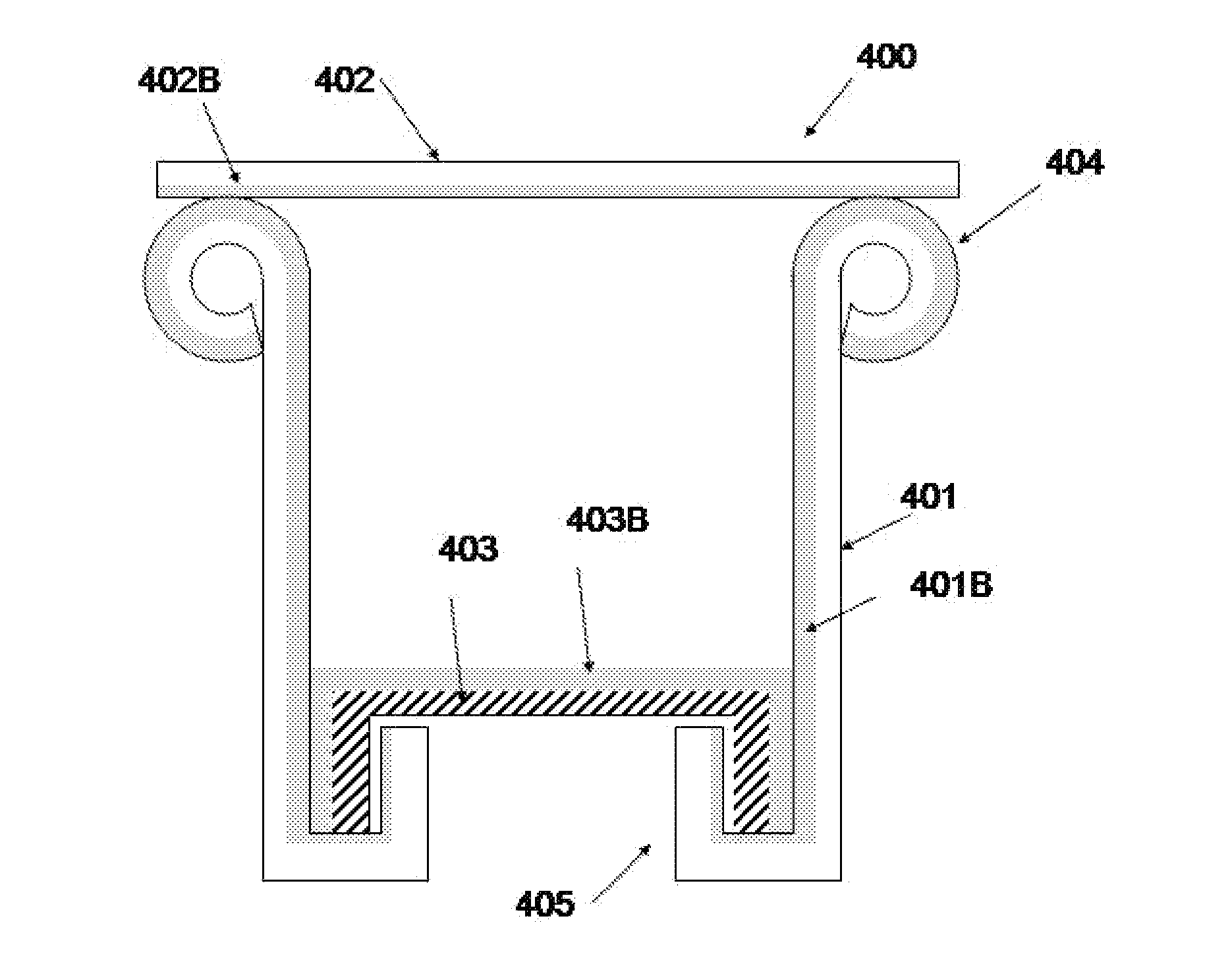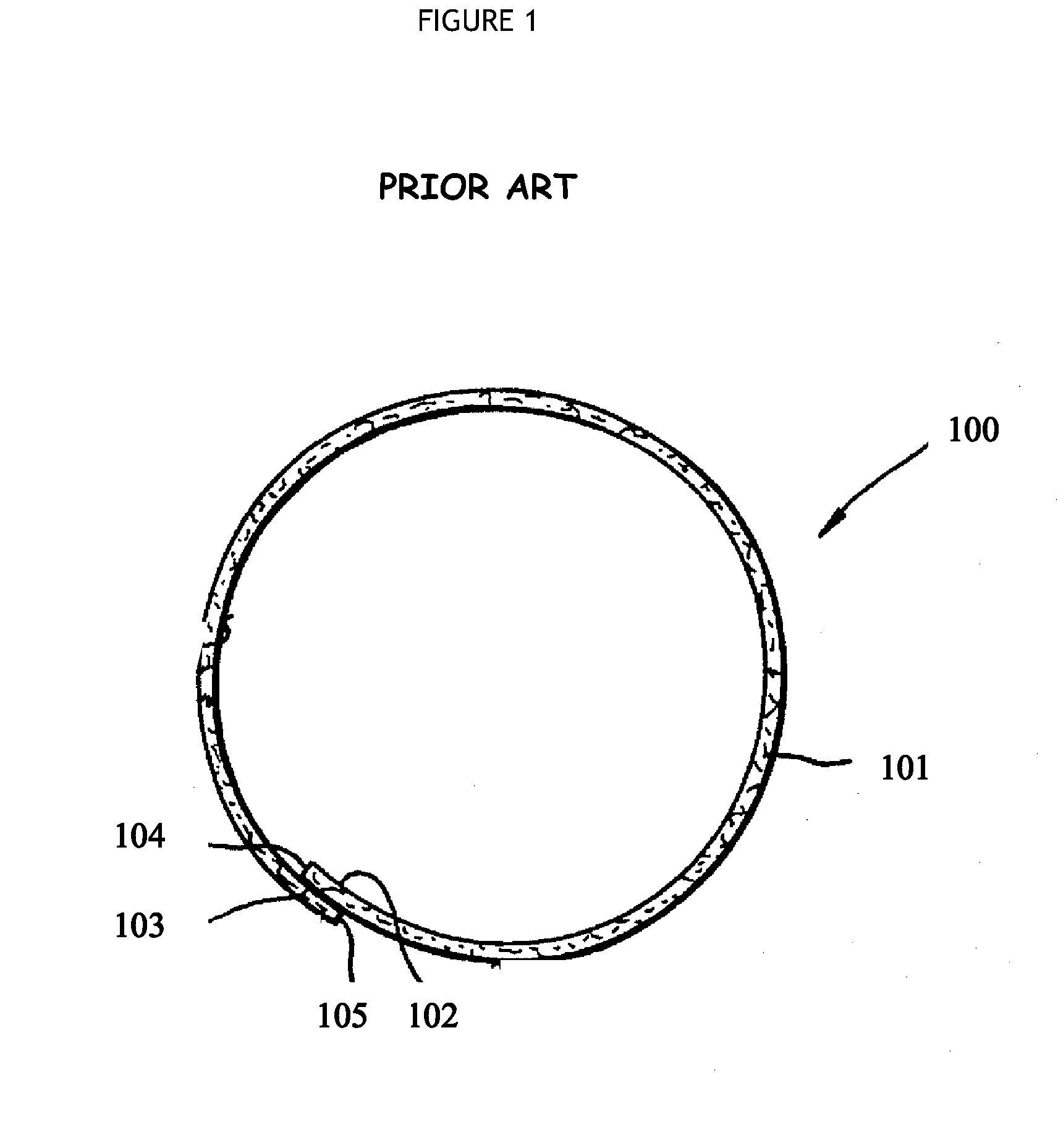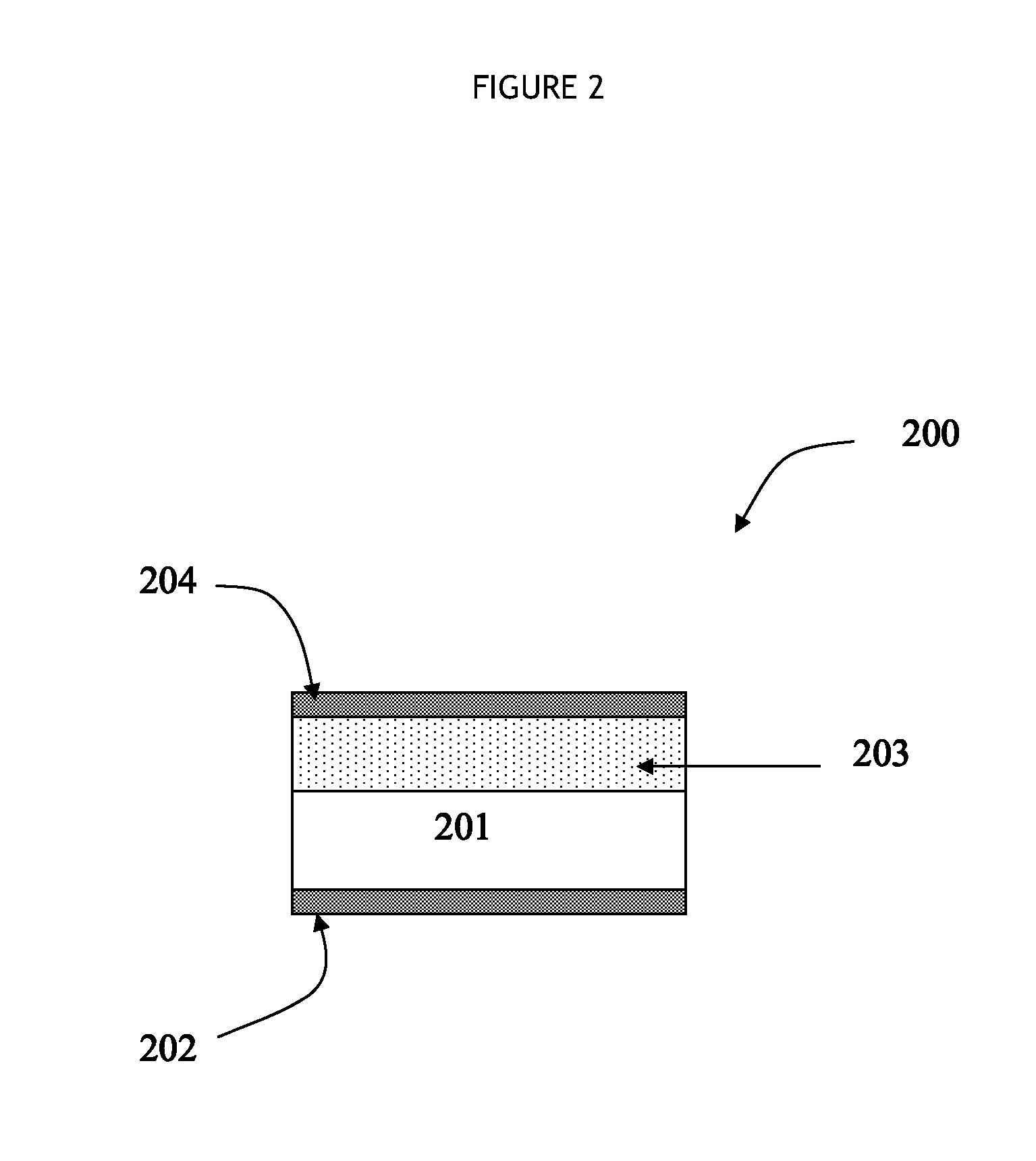Hermetically sealed paperboard containers with enhanced barrier performance
a technology of barrier performance and hermetically sealed paperboard, which is applied in the field of hermetically sealed paperboard containers with enhanced barrier performance, can solve the problems of increased cost and complexity of manufacturing process, increased cost of adhesion protective tape, and undesired increase in seam thickness, so as to improve barrier and seal performance, increase seam thickness, and effective and economical process
- Summary
- Abstract
- Description
- Claims
- Application Information
AI Technical Summary
Benefits of technology
Problems solved by technology
Method used
Image
Examples
Embodiment Construction
[0019]The present disclosure now will be described more fully hereinafter, but not all embodiments of the disclosure are necessarily shown. While the disclosure has been described with reference to exemplary embodiments, it will be understood by those skilled in the art that various changes may be made and equivalents may be substituted for elements thereof without departing from the scope of the disclosure. In addition, many modifications may be made to adapt a particular situation or material to the teachings of the disclosure without departing from the essential scope thereof.
[0020]The hermetically sealed paperboard container with enhanced barrier performance of the present disclosure includes:[0021](a) a container body component formed from a blank comprising:[0022](i) paperboard having a first side and a second side,[0023](ii) a first sealant layer on the first side of the paperboard,[0024](iii) a barrier layer on the second side of the paperboard, and[0025](iv) a second sealan...
PUM
 Login to View More
Login to View More Abstract
Description
Claims
Application Information
 Login to View More
Login to View More - R&D
- Intellectual Property
- Life Sciences
- Materials
- Tech Scout
- Unparalleled Data Quality
- Higher Quality Content
- 60% Fewer Hallucinations
Browse by: Latest US Patents, China's latest patents, Technical Efficacy Thesaurus, Application Domain, Technology Topic, Popular Technical Reports.
© 2025 PatSnap. All rights reserved.Legal|Privacy policy|Modern Slavery Act Transparency Statement|Sitemap|About US| Contact US: help@patsnap.com



